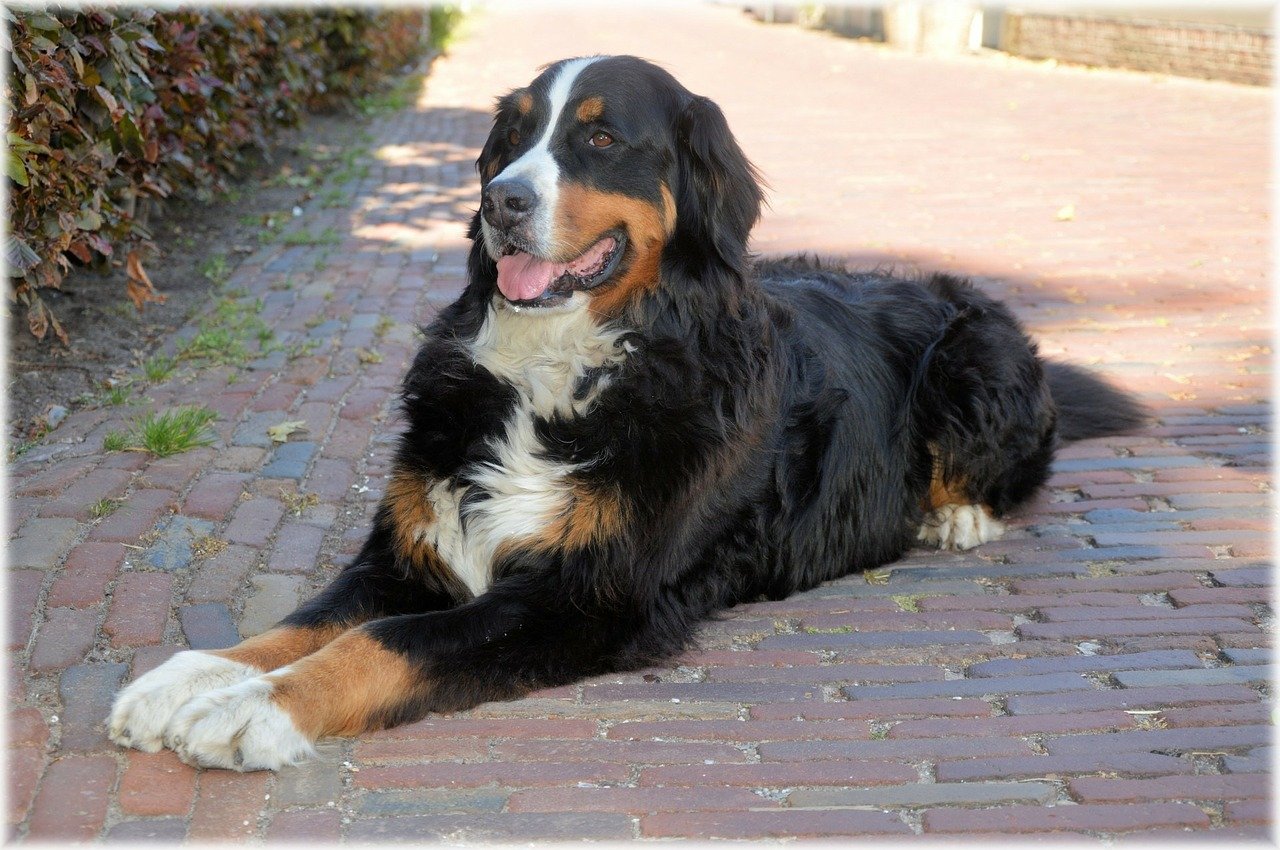Training a dog is not a one-way street. In the same way that we expect our dogs to pay attention, listen, and behave, we also have a responsibility to understand what our dogs need from us and infer how we can better help them succeed with training. Communication is critical to any good relationship, including that between you and your pup. Here are four tips on how to communicate effectively and become a better trainer in the long run.

- Patience is key. Each new behavior or trick that you teach your dog will take at least a few weeks for them to learn, and it may be months before they fully master it. During this time, they will make many mistakes. Your response to their mistakes will have a big impact on their learning, so do your best to be patient. Just as we can’t expect children to immediately master their numbers, letters, indoor voices, or potty training, it’s important to give the same leniency to puppies.
- Take cues from your dog. Training sessions are meant to be fun and exciting; however, your pup may not always feel this way. Pay close attention to your dog’s body language and cues as you go through each training session. If you notice that they seem tired, frustrated, bored, or distracted, end your session for the day. Forcing them to continue with the session will only lead to frustration for both of you, and it’s unlikely much learning will occur. Better to end it on a positive note and pick up again the next day when you’re both feeling fresh and ready to work.
- Use positivity, never anger. In the past, many dog training techniques relied on fear-based obedience. Nowadays, professional trainers recognize that dogs respond much better to the promise of positive reinforcement than fear of negative punishments. Reward your dog heavily with treats and praise when they perform well; when they stop listening, it’s time to either end your training session or change your training environment.
- Set your pup up for success. Learning is hard–as trainers, we want to set our pups up for success by controlling the environments where we train them. Choose times of day when your dog has the energy and motivation to learn, such as after a brisk morning walk or before dinner when they’re excited to receive some yummy treats. Avoid training when your dog is tired, such as late at night or after vigorous exercise. Pick your training locations wisely; when you begin working on a new trick, you’ll want to hold your training sessions in boring, familiar environments so that it’s easy for your dog to pay attention to you. Attempting to train at a park or in your yard where there are lots of distractions (interesting scents, wildlife or other dogs to greet, strange sounds to investigate, etc.) won’t result in much learning at all. It’s better to do your preliminary training in your home, then gradually introduce distractions as your dog’s listening abilities improve.
We all want what’s best for our dogs. Improving our skills as their trainers makes the training experience more enjoyable for everyone involved and will result in stronger bonds and communication with our furry friends.
Still, we also all need help every once in a while. If you are looking for professional dog trainers in the Sarasota or Bradenton area, or your dog needs to revisit some obedience training. call Gulf Coast K9 Dog Training. We are here to help.




